Why Your Eyes Are Itching and Red Right Now
If your eyes are burning, watering, and itching like crazy-especially when you step outside or walk past your dog-you’re not imagining it. You’re likely dealing with allergic conjunctivitis, the medical term for eye allergies. Unlike pink eye caused by a virus or bacteria, this isn’t contagious. It’s your body’s overreaction to things like pollen, dust, or pet dander. The moment these allergens touch your eyes, your immune system releases histamine, triggering swelling, redness, and that unbearable itch. About 40% of people in the U.S. deal with this every year, and in places like Adelaide, where spring brings heavy pollen, it’s a seasonal nightmare.
How to Tell It’s Allergies, Not an Infection
It’s easy to confuse eye allergies with an infection, but the signs are different. If you’ve got yellow or green gunk stuck to your lashes in the morning, that’s likely bacterial conjunctivitis. Viral pink eye usually comes with watery discharge and might be paired with a cold. But if your eyes are intensely itchy, clear tears are flowing, and your eyelids are puffy? That’s allergies. Studies show 92% of people with eye allergies report severe itching-way more than those with infections. No fever. No pus. Just relentless discomfort when the wind blows or your cat jumps on your lap.
The Best Eye Drops for Fast Relief
Not all eye drops are created equal. Over-the-counter options like Visine-A might clear up the redness fast, but they’re a trap. These decongestants shrink blood vessels to make eyes look white again-but after three days, your eyes rebound and get even redder. Up to 65% of people who use them longer than 72 hours end up worse off.
The real solution? Antihistamine eye drops with mast cell stabilizers. These work two ways: they block histamine (the chemical causing the itch) and stop your mast cells from releasing more. The top choices are:
- Olopatadine (Pataday Once Daily Relief): Works in under 5 minutes and lasts 16 hours. One drop a day is enough for most people. Clinical trials show itching scores drop from 2.8 to 0.7 on a 4-point scale.
- Ketotifen (Zaditor, Alaway): Fast-acting, starts working in 3 minutes. More affordable than Pataday. But you’ll likely need to use it twice a day.
- Epinastine (Elestat): Prescription-only, good for long-term use with minimal side effects.
Generic ketotifen costs around $13 for a 2.5mL bottle. Brand-name Pataday runs about $43. Most insurance plans cover the prescription versions at a $15-$40 copay. If you’re paying full price, the generic works just as well for daily use.
What Works Better: One Drop a Day or Two?
Pataday’s once-daily formula was a game-changer. In a 2022 head-to-head trial, olopatadine 0.2% kept itching under control at the 16-hour mark, while ketotifen’s effect faded noticeably. But ketotifen wins on speed-it relieves symptoms faster. So if you’re caught off guard by a sudden pollen spike, Zaditor gives you quick relief. If you want to forget about it until tomorrow? Pataday. For many people, the best strategy is using ketotifen in the morning and evening during peak season, then switching to Pataday once daily when things calm down.
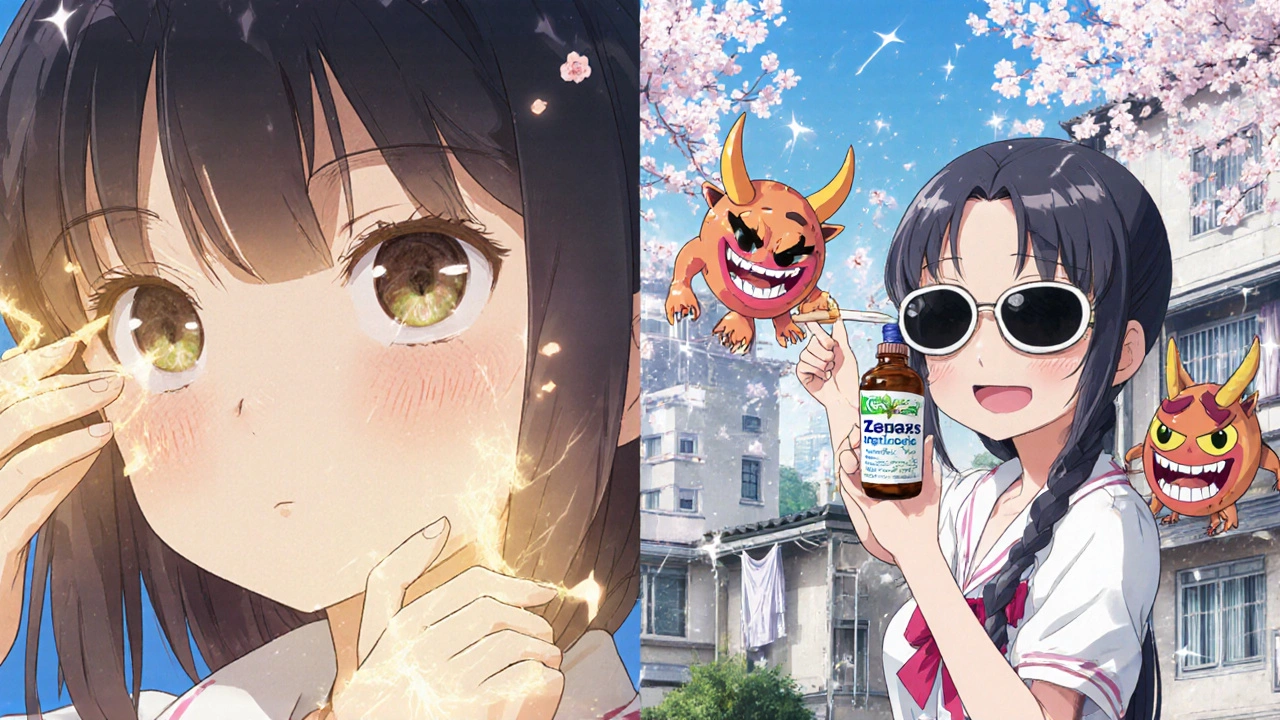
Why Oral Antihistamines Might Make It Worse
You might think popping a Zyrtec or Claritin will help your eyes. And yes, it might reduce sneezing and runny nose. But here’s the catch: these pills dry out your eyes. In one study, 40% of people using oral antihistamines reported worse dryness and burning in their eyes. That’s because they reduce tear production. So if your eyes are already irritated and watery from allergies, adding a drying pill can make the discomfort last longer. Stick with eye drops for targeted relief.
What to Avoid at All Costs
Decongestant drops (Visine, Clear Eyes, Naphcon-A) are the biggest mistake people make. They’re designed for short-term redness relief-not allergy treatment. Using them for more than three days in a row leads to rebound redness. In a 2023 study, 65% of long-term users saw their eyes get worse after stopping. And if you’re using them because your antihistamine drops aren’t working fast enough? You’re just masking the problem.
Also skip steroid drops unless prescribed. While loteprednol can calm severe inflammation, using them longer than two weeks raises your risk of glaucoma and cataracts. These are not OTC solutions-they’re for doctors to use in extreme cases.
How to Apply Eye Drops the Right Way
Even the best drop won’t help if you’re doing it wrong. Here’s the technique that works:
- Wash your hands.
- Tilt your head back and look up.
- Use one finger to gently pull down your lower eyelid to make a small pocket.
- Hold the bottle without touching your eye. Squeeze one drop into the pocket.
- Close your eye gently for 30 seconds. Press the inner corner of your eye (near your nose) to keep the drop from draining into your throat.
Why does this matter? Half of people mess this up. Touching the dropper to your eye risks contamination. Not using the pocket means the drop rolls out. Skipping the finger press lets the medicine drain away. Do it right, and you’ll get full benefit from every drop.
Non-Drop Strategies That Actually Work
Medication helps, but it’s not the whole story. Here’s what experts recommend alongside drops:
- Wash your face after being outside: Pollen sticks to skin and lashes. Rinsing your face cuts exposure by 30%.
- Use preservative-free artificial tears: Flush out allergens. Use 4-6 times a day, especially after being outdoors.
- Wear wraparound sunglasses: They block up to 50% of airborne pollen. Even cheap ones help.
- Keep windows closed during high pollen days (check your local pollen count online).
- Change your pillowcase daily: Dust mites and pollen collect there. Wash in hot water.
- Cold compresses: A damp, chilled washcloth over closed eyes for 10 minutes reduces swelling and soothes itching.
One Reddit user summed it up: “Used Pataday in the morning and a cold compress at night. My eyes went from unbearable to manageable in two days.” Simple. Effective.
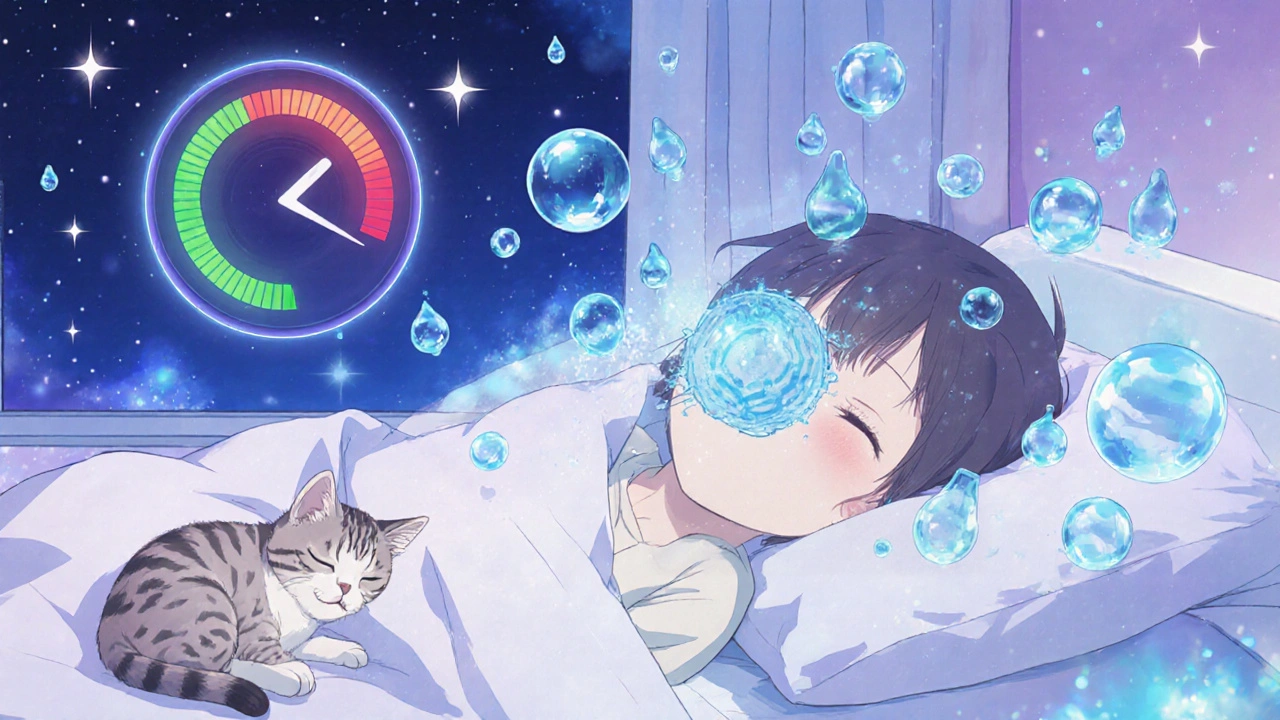
When to See a Doctor
If you’ve been using antihistamine drops correctly for two weeks and your eyes still burn, itch, or blur your vision, it’s time to see an eye doctor. About 20% of people who think they have allergies actually have dry eye disease, blepharitis, or another condition that looks similar. A specialist can check your tear film, eyelid health, and rule out other causes. Also, if you’re using drops daily for more than three months, get checked for potential side effects-even safe ones can cause issues over time.
The Future of Eye Allergy Treatment
Things are getting better. In 2023, the FDA approved Bepreve (bepotastine), another once-daily option. Ocular Therapeutix is testing a tiny insert that fits in your tear duct and releases medicine for three months. And researchers are exploring biologics that target specific allergy signals in the body, like IL-4 and IL-13. These could one day offer long-term relief without daily drops.
But for now, the best solution remains simple: avoid allergens when you can, flush your eyes with artificial tears, and use a dual-action antihistamine/mast cell stabilizer drop like olopatadine or ketotifen. They’re safe, effective, and backed by decades of research.
Quick Summary / Key Takeaways
- Itchy, red, watery eyes? You likely have allergic conjunctivitis-not an infection.
- Avoid decongestant drops (Visine, Clear Eyes)-they make symptoms worse over time.
- Use antihistamine/mast cell stabilizer drops like Pataday (olopatadine) or Zaditor (ketotifen) for real relief.
- Pataday lasts 16 hours; Zaditor works faster but needs twice-daily use.
- Oral antihistamines can dry out your eyes and make things worse.
- Wash your face, wear sunglasses, and use preservative-free artificial tears to reduce allergen exposure.
- See an eye doctor if symptoms last more than two weeks despite treatment.
Can eye allergies cause permanent damage?
No, allergic conjunctivitis doesn’t cause permanent damage to your vision. But if you rub your eyes constantly, you can scratch the cornea or worsen inflammation. Long-term use of steroid eye drops without supervision can raise eye pressure and lead to glaucoma. The condition itself is uncomfortable but not dangerous if managed properly.
Are antihistamine eye drops safe for long-term use?
Yes, the newer dual-action drops like olopatadine and ketotifen are safe for daily use over months or even years. They don’t raise eye pressure or cause rebound redness. But if you’re using them year-round because your allergies never go away, talk to an allergist. You might benefit from immunotherapy (allergy shots or tablets), which can reduce your sensitivity over time.
Why do my eyes water so much if I have allergies?
It’s your body’s attempt to flush out the allergens. The tear glands produce extra clear fluid to wash away pollen, dust, or dander. But this doesn’t help much if the allergens keep coming back. That’s why rinsing with artificial tears helps-it’s like giving your eyes a reset button.
Can children use antihistamine eye drops?
Yes, ketotifen (Zaditor, Alaway) is approved for kids 3 years and older. Olopatadine (Pataday) is approved for kids 2 and up. Always check the label or ask a pharmacist. For younger children, use preservative-free artificial tears and cold compresses first. If symptoms persist, see a pediatric allergist.
Is there a natural remedy that works for eye allergies?
Cold compresses and preservative-free artificial tears are the only natural methods proven to help. Other remedies like chamomile tea bags or honey lack scientific backing and can introduce bacteria or irritants. Don’t put anything in your eyes that isn’t designed for ocular use. Stick with evidence-based treatments.
Do eye allergies get worse every year?
Yes, for many people. Pollen counts have risen 21% globally since 1990 due to climate change. Warmer temperatures mean longer allergy seasons. In Adelaide, spring pollen starts earlier and lasts longer than it did 10 years ago. If your symptoms are getting worse each year, it’s not just in your head. Talk to your doctor about long-term management options like immunotherapy.
What to Do Next
Start by buying a bottle of generic ketotifen (Zaditor or Alaway) from your local pharmacy. Use it as directed for 3-5 days. If it helps, stick with it. If you need longer-lasting relief, ask your doctor about olopatadine. Combine it with daily face washing, sunglasses, and artificial tears. Track your symptoms: if they improve, you’re on the right path. If not, it’s time to see an eye specialist. You don’t have to live with itchy eyes all season long.
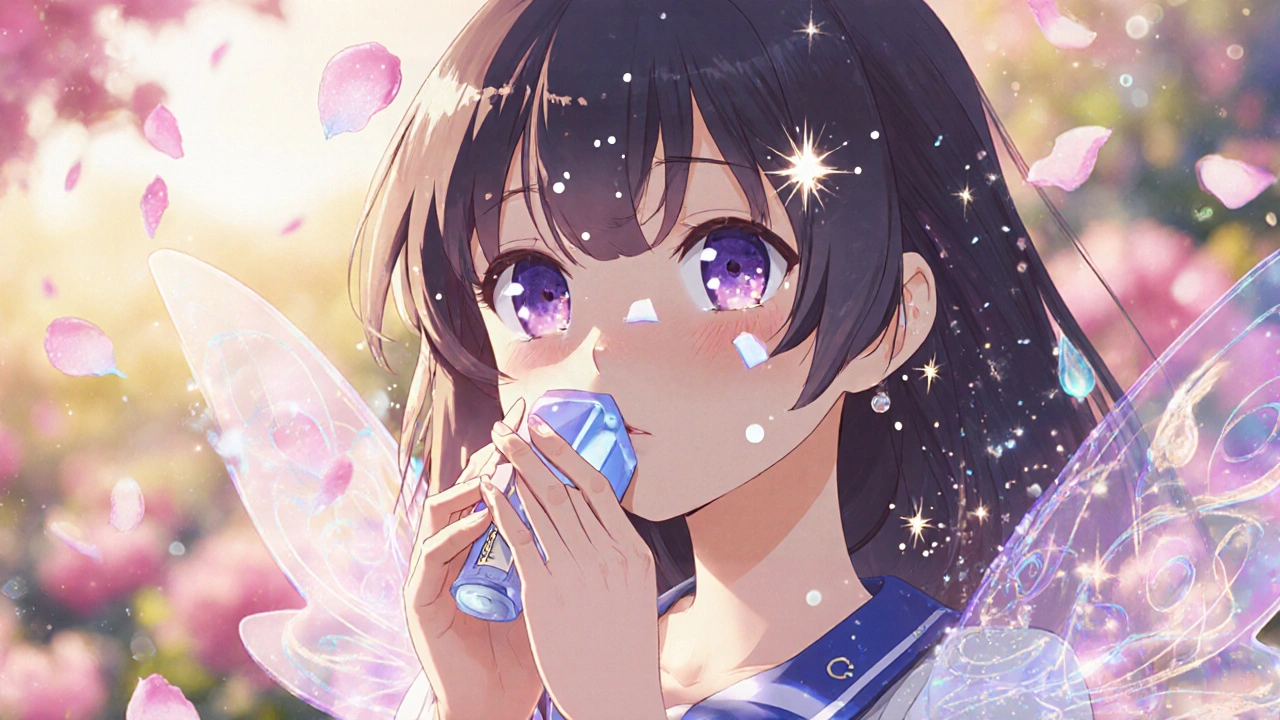
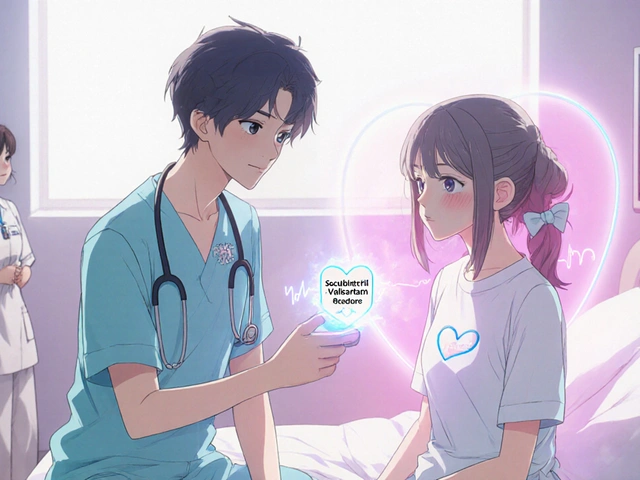
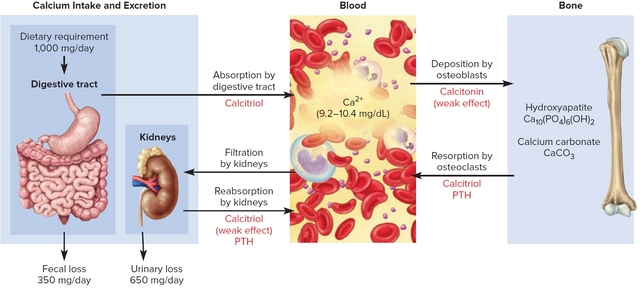
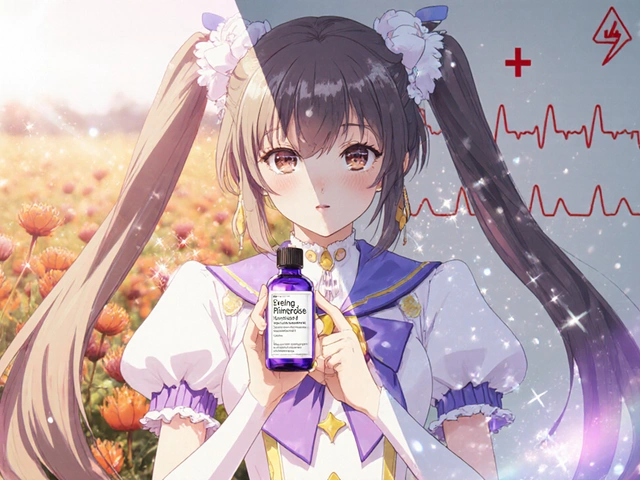


Christine Eslinger
November 18, 2025 at 01:57
Just wanted to say thank you for this incredibly clear breakdown. I’ve been suffering through spring allergies for years and kept reaching for Visine like it was candy. Now I know why my eyes looked worse after a week. I grabbed generic ketotifen yesterday and already feel like a new person. No more rubbing until my vision blurs. 🙌